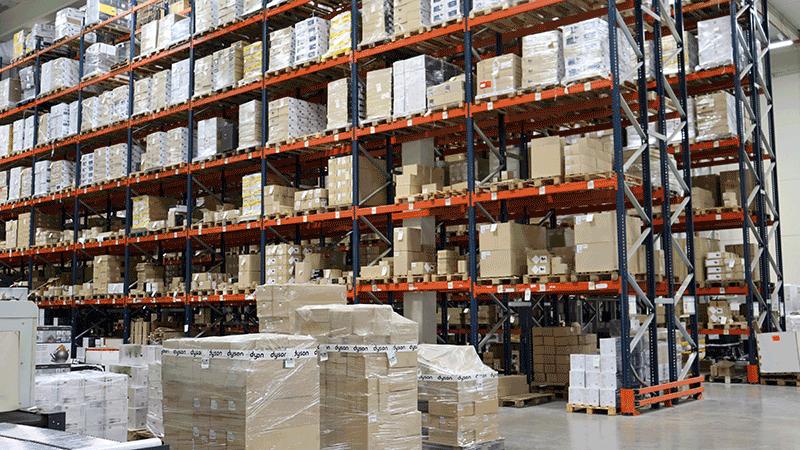Transaher starts the year with a last mile service for bulky products
The transport and logistics company Transaher has started 2022 with its sights set on the growth of e-commerce and the need to offer solutions for large home deliveries, for which the company already has solutions prepared, according to its CEO , Mari Luz Cobos, without diverting attention from sectors such as the automotive industry, industry, food, consumer electronics, retail, furniture and entertainment, with which the company usually works. In addition, Transaher is finalizing two immediate openings to start the year: a cross docking hub in Barcelona and a new warehouse in Valencia of more than 15,000 square meters. "We are in a process of modernization and growth of facilities to be able to serve the important demand that we have," says Cobos.
Transaher has closed 2021 with "constant growth", according to its general manager, although Cobos acknowledges that the commitment to quality service, specialization and customer loyalty are no longer enough. "Now we need to face the new challenges relying on artificial intelligence and efficiency" as a way of adapting to the new scenarios in the supply chain, which has undergone very convulsive changes during the past year. Mari Luz Cobos is optimistic and foresees that 2022 will be "a year of economic growth and of the definitive exit from the crisis caused by the pandemic". She assures that the next challenges are in new technologies, but also "in geopolitical conflicts".
Among other fundamental factors to pay attention to, he lists the low supply of raw materials, fuel prices, cybersecurity and the situation of the road sector, which faces the challenge of intermodality, the shortage of drivers and trucks and has been involved in tensions with the Administration regarding working conditions. Cobos assures that the agreements reached in this matter "will make us clearly and separately pass on to customers the increases in diesel or that the loading and unloading activities will be valued."

In this regard, there is also a demand for larger urban spaces for loading and unloading goods by the sector. To do this, from Transaher they defend digitization to ensure the monitoring of all these spaces. “If everyone were monitored with cameras and digitized, sending all the occupancy data in real time to a system, in all the big cities, and this information was transparent and had access to all potential users in those areas, efficiency would increase. would increase." Regarding intermodality, Cobos is more cautious and affirms that she is in favor of it and "very interested" in the advances that it can show, "but for this it has to be very efficient."
AN INTERCONNECTED SUPPLY CHAIN TO AVOID OBSOLESCENCE At Transaher, Mari Luz Cobos once again advocates predictive logistics to solve the last mile and believes that its role will be “fundamental and essential”. In the company there is already an innovation department in which advances such as predictive delivery are developed, along with others such as distribution optimization, improvement of information to customers, digitization of documentation and the incorporation of intelligence geospatial and visualized on a map to generate alarms in various situations, should they be necessary. “We are still a long way off, but an interconnected supply chain, with full visibility and collaboration and interconnection of all actors, will provide a large number of data that will allow us to anticipate and respond with greater agility”, explains Cobos, who highlights the sectors in which variability is great, expensive products and rapid obsolescence as the ones that benefit most from this type of programming.
